Phytotherapy >>>> Exotic teas with medicinal properties
Exotic teas with medicinal properties.
Start: Teas with Healing Properties
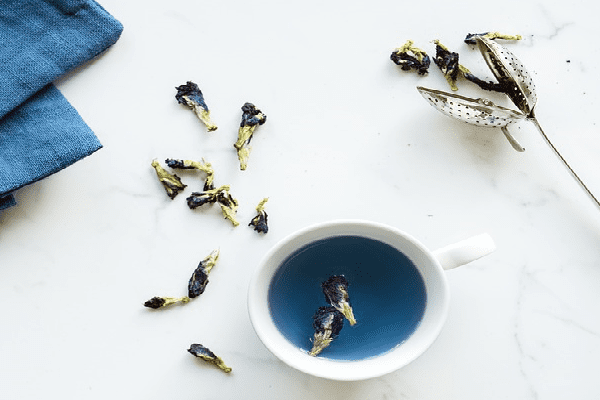
Many teas are a delicacy when made with rare and exotic ingredients. For this reason, tea drinking with the use of such teas turns into a special ritual that can be timed to coincide with any important event.
It should be borne in mind that when making tea, it matters which parts of the plant are brewed. Leaves, stems and roots are rich in tannins and antiseptics, trace elements and mucous substances. Flowers and fruits of plants are a storehouse of vitamins, microelements, volatile aromatic compounds. For this reason, when preparing multicomponent tea, it is possible to combine not only the properties of individual plants, but also the natural healing capabilities of plant components (stems, roots, leaves, petals, fruits, skins, seeds).
Thus the combinations of fragrant grains, fruit skins, buds, leaves and roots of the plant make it possible to turn tea from a banal everyday drink into an exclusive healthy food and health product.
Exotic teas with medicinal properties.
Turquoise tea is a rare Thai tea drink made from the flowers of Clitoria trifoliate, a liana-like plant with large blue flowers containing a blue anthocyanin dye (Blue pea tea, Anchan, Butterfly pea). When the blue buds of Clitoria and the leaves of Green Tea are combined, the color of the tea drink changes from blue to lilac. Clitoria flowers contain substances that have a calming effect, so Turquoise tea is appropriate at the end of the working day, in the evening, at night. In addition to the sedative effect, Turquoise tea regulates blood microcirculation, that is, it affects the work of capillary vessels.

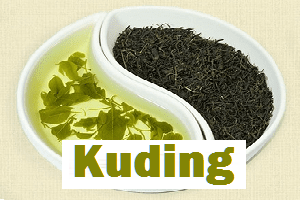
Mate - a tea drink made from the leaves and shoots of Paraguayan Holly - is a competitor to coffee, as it contains a high concentration of xanthine alkaloids, which include caffeine. In addition to the pronounced tonic effect, the use of Mate has a beneficial effect on the condition of the skin, metabolic processes, the work of the nervous system, since tea is full of vitamins of groups B, A and E.
Another rival of coffee is Kuding - a tea drink made from the leaves of the Holly broadleaf. Kuding is a loose leaf tea, the bitter taste of which is not spoiled by other ingredients. Due to the bitterness contained in Kuding tea, it is a good tonic, stimulant of vascular activity, choleretic and antidiabetic agent. Kuding is a specific tea drink for tea gourmets, since not everyone likes its pronounced bitter taste.
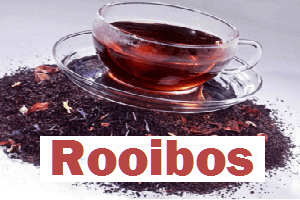
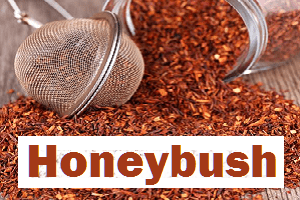
Honeybush (Honeybos) is a tea made from the leaves and shoots of the South African Honey tree (Honey bush, Honey cherry). Despite the fact that no flowers are added to Honeybush, its aroma and sweetish taste are not inferior to flower teas. Honeybush is useful for low immunity, bad skin, and diabetes.
Rooibos (Red Tea) is a tea made from the leaves and shoots of the South African plant Aspalatus linear. It is a sugar-containing aromatic tea drink that does not require additional ingredients. Rooibos is useful for diabetics, as it is a natural sweetener, does not contain caffeine, but tones up quite well without the participation of caffeine and is similar to black leaf tea.
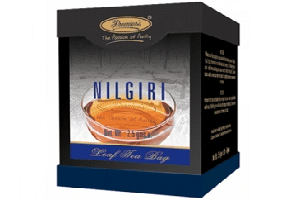
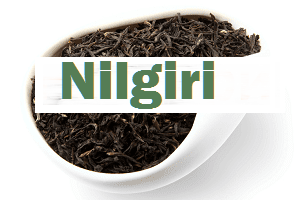
Nilgiri is a tea that got its name in honor of the area of growth - a mountain range in India. Nilgiri is a leafy Green or Black tea with a sophisticated taste and lemon flavor. Nilgiri is an elite tea with antioxidant and tonic properties. Nilgiri is an immunity support and vigor for the whole day.
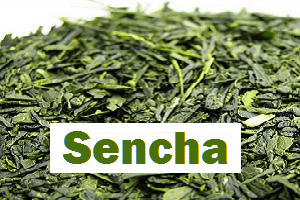

Matcha is a type of green leafy tea cultivated in Japan. Matcha is used as a relaxing drink, a good antioxidant, vitamin and mineral rich drink. Unlike ordinary leafy green tea, the taste of which is not clear to everyone, Matcha has every chance to win its fans.
Sencha - Green leaf tea cultivated in Japan. In addition to vitamins and ordinary mineral compounds, Sencha is rich in iodine if its composition is decorated with Wakame algae (a type of Kelp). Sencha has a nutty flavor and a pleasant aroma. Sencha is rich in tannins and is a good antiseptic, among other things Sencha is a tonic drink that improves the functioning of blood vessels, including blood supply to the brain.
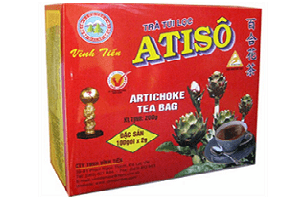
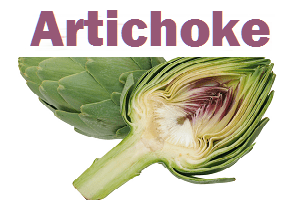
Artichoke tea, a popular drink in Vietnam, has found admirers in other countries as well. There are two types of artichoke teas on the market, Tra Atiso and Tra Tam Diep. Teas differ in the composition of additional ingredients, but are considered useful precisely due to the properties of the Artichoke plant. This plant is a storehouse of vitamins and microelements, famous for its antidiabetic and anticholesterol properties. Artichoke tea is useful for people with gastrointestinal problems, endocrine and vascular disorders.
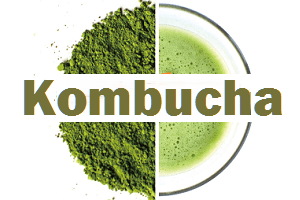
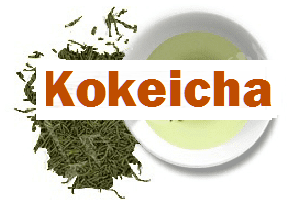
Kokeicha is a blend of Matcha tea with Kelp seaweed extract. This type of tea drink is very useful as a mineral supplement, as it contains, due to the presence of two components, an almost complete set of minerals, including Iodine, Selenium, Zinc, Potassium, Magnesium, Calcium, etc. Kokeicha is a very popular tea drink in Japan as it is almost a pharmacy set of nutrients. Its use allows replenishing the reserves of iodine in endocrine diseases with its deficiency, improves the structure of bone tissue, strengthens the structure of the vascular wall, improves vascular tone and promotes blood microcirculation.
Kombucha is not exactly tea - it is a powder of Kombu seaweed, which in Japan is usually brewed and drunk as tea. Sour fruits can be added to Kombucha to enhance the taste, but the tea drink itself has a salty flavor. Algae are responsible for the usefulness of Kombucha. This drink is rich in almost all the mineral compounds that make up the daily intake. Iodine, Iron, Zinc, Potassium, Calcium, Magnesium, Manganese and other mineral compounds improve the endocrine system, change the structure of the skin, hair, nails for the better, and stimulate the immune system.
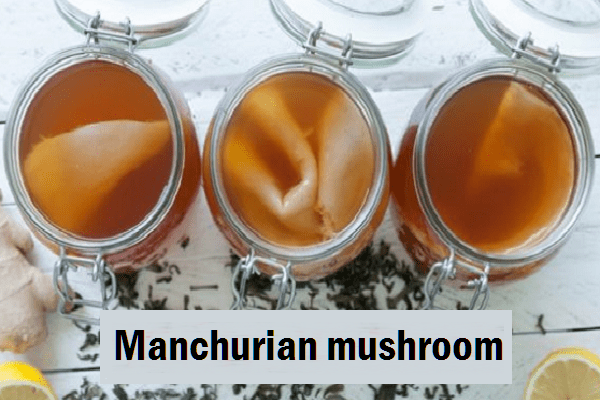
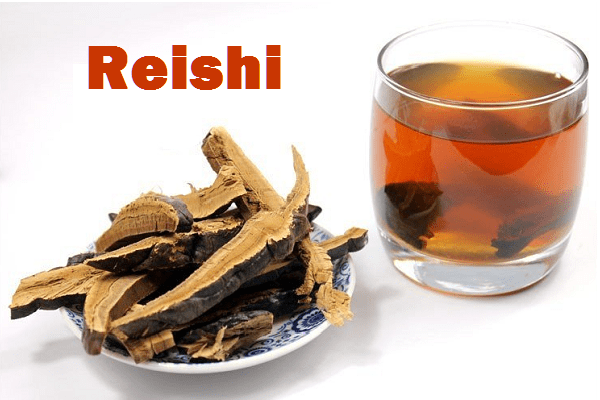
The mushroom component in the preparation of teas is represented by two types of mushrooms: Kombucha and Reishi mushroom. What unites these two plant organisms is only the presence of commonality in origin (the plant Kingdom - Mushrooms, combining the characteristics of plants and animals) and the property of entering into a symbiotic relationship. Kombucha (Manchurian mushroom)- symbiosis of yeast fungi with acetic acid bacteria, living due to alcoholic fermentation, provoked by yeast, using it as a substance for its own development. The tea drink obtained during the fermentation of Kombucha in the company of brewing black leaf tea is more reminiscent of kvass than tea. But given that the drink is still obtained with the participation of black leaf tea, it can be attributed to tea drinks, only chilled. The usefulness of a drink from Kombucha is reduced to enhancing the enzymatic activity of the stomach and intestines, which helps to improve digestion in people suffering from enzyme deficiency.
Reishi mushroom is used as an independent tea ingredient or as an additional component to leaf teas, thus improving the beneficial properties of the latter.
Continuation -> Leaf teas - types and medicinal properties

Read

Read



























